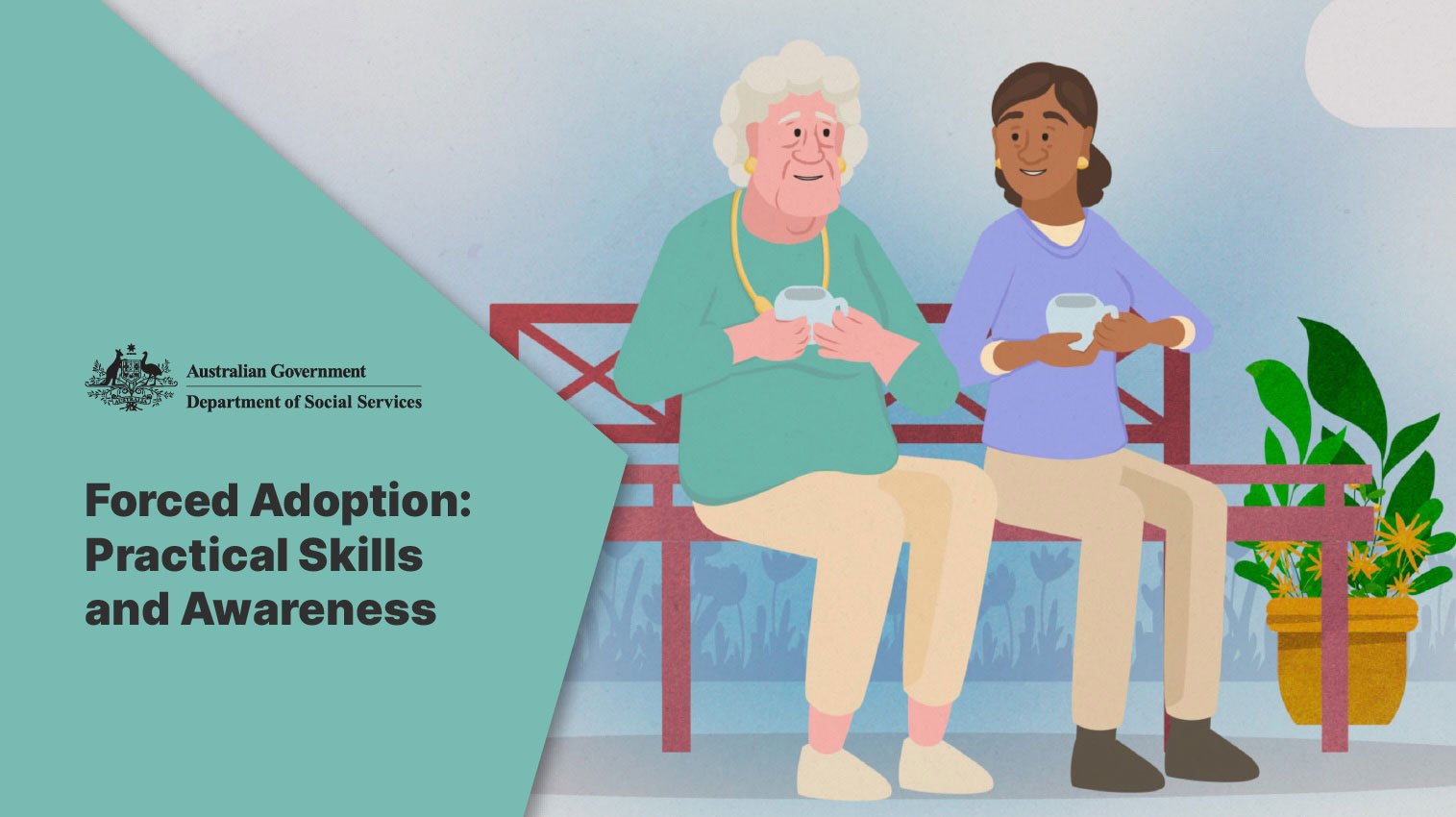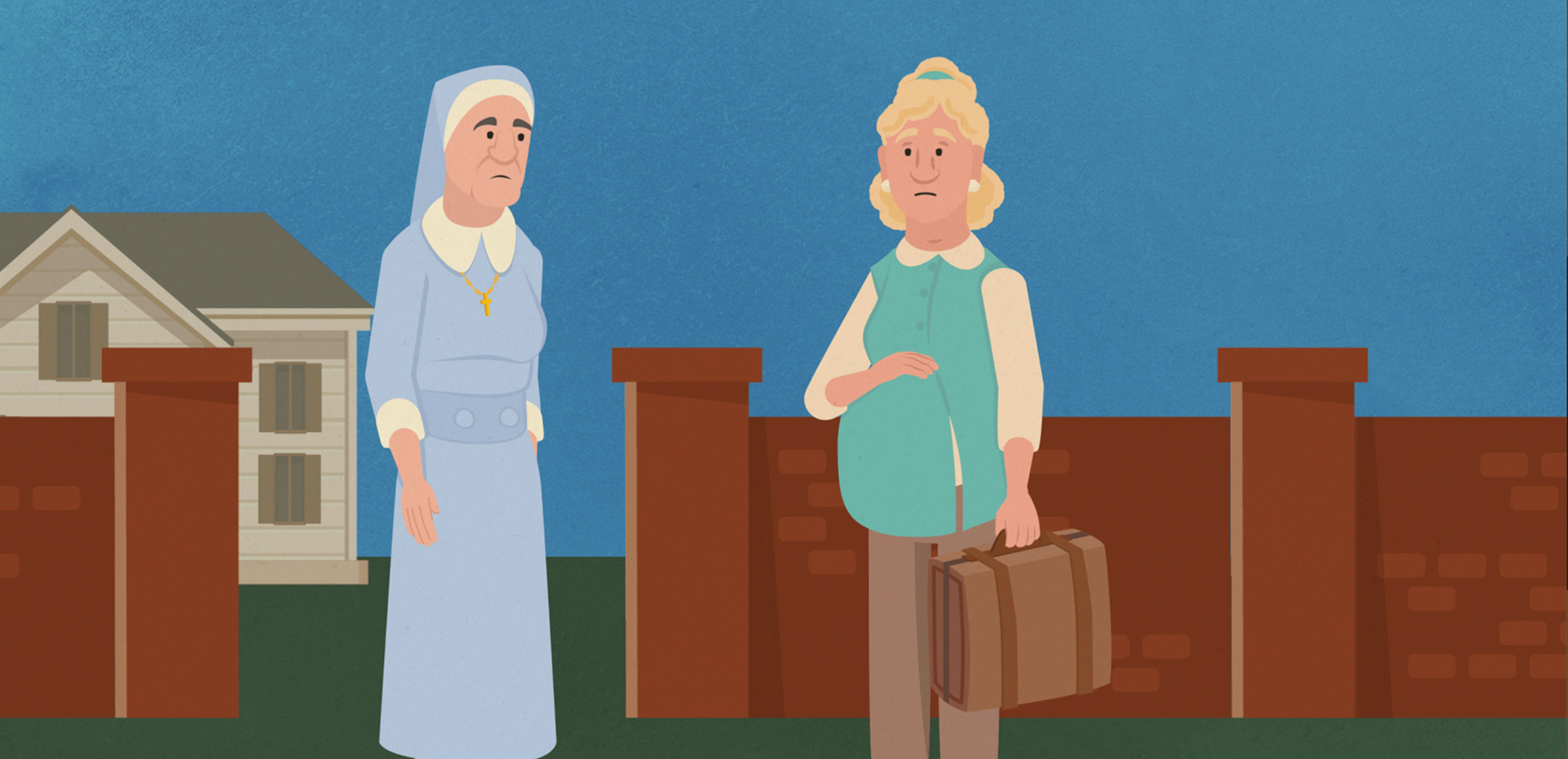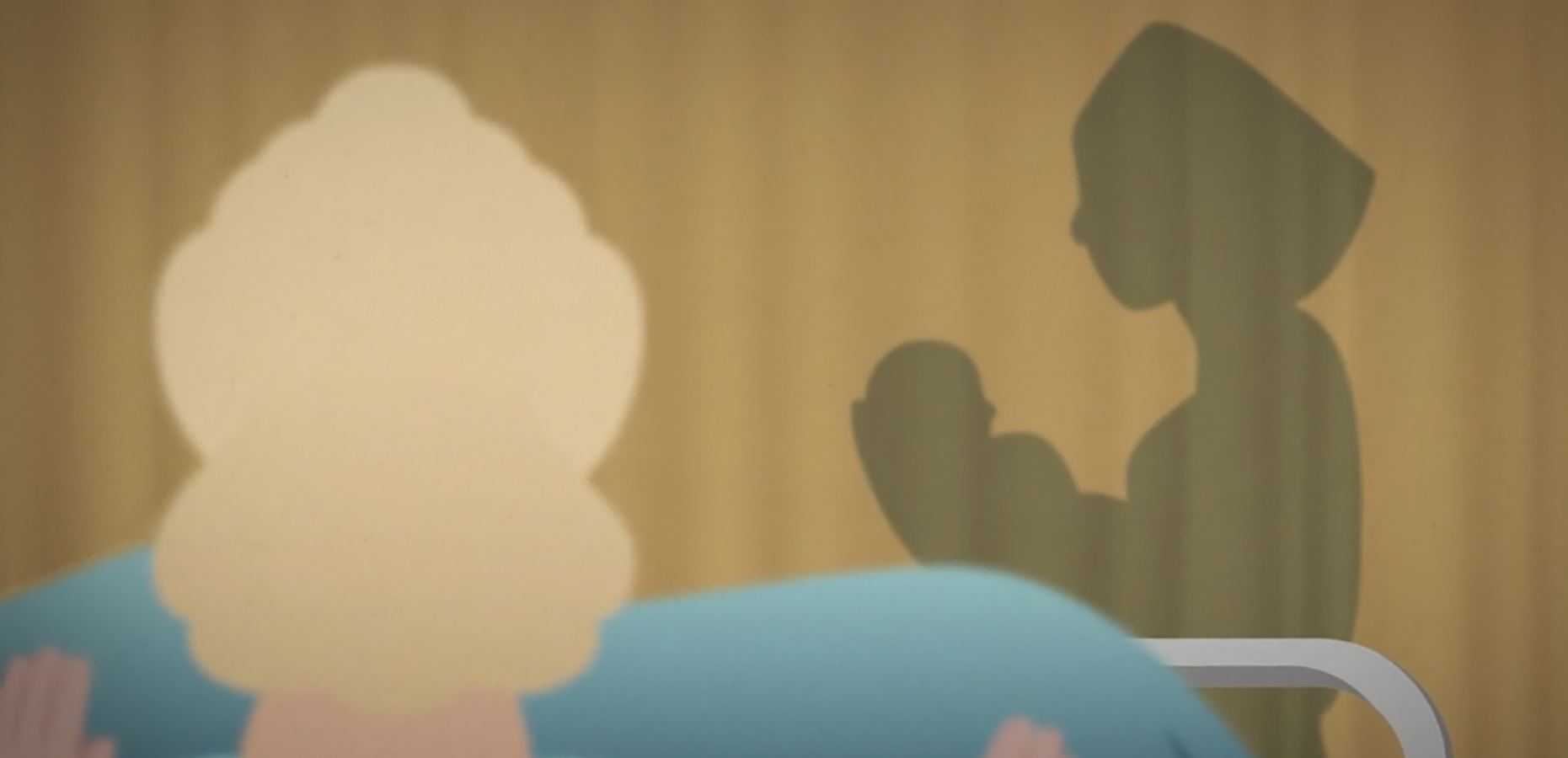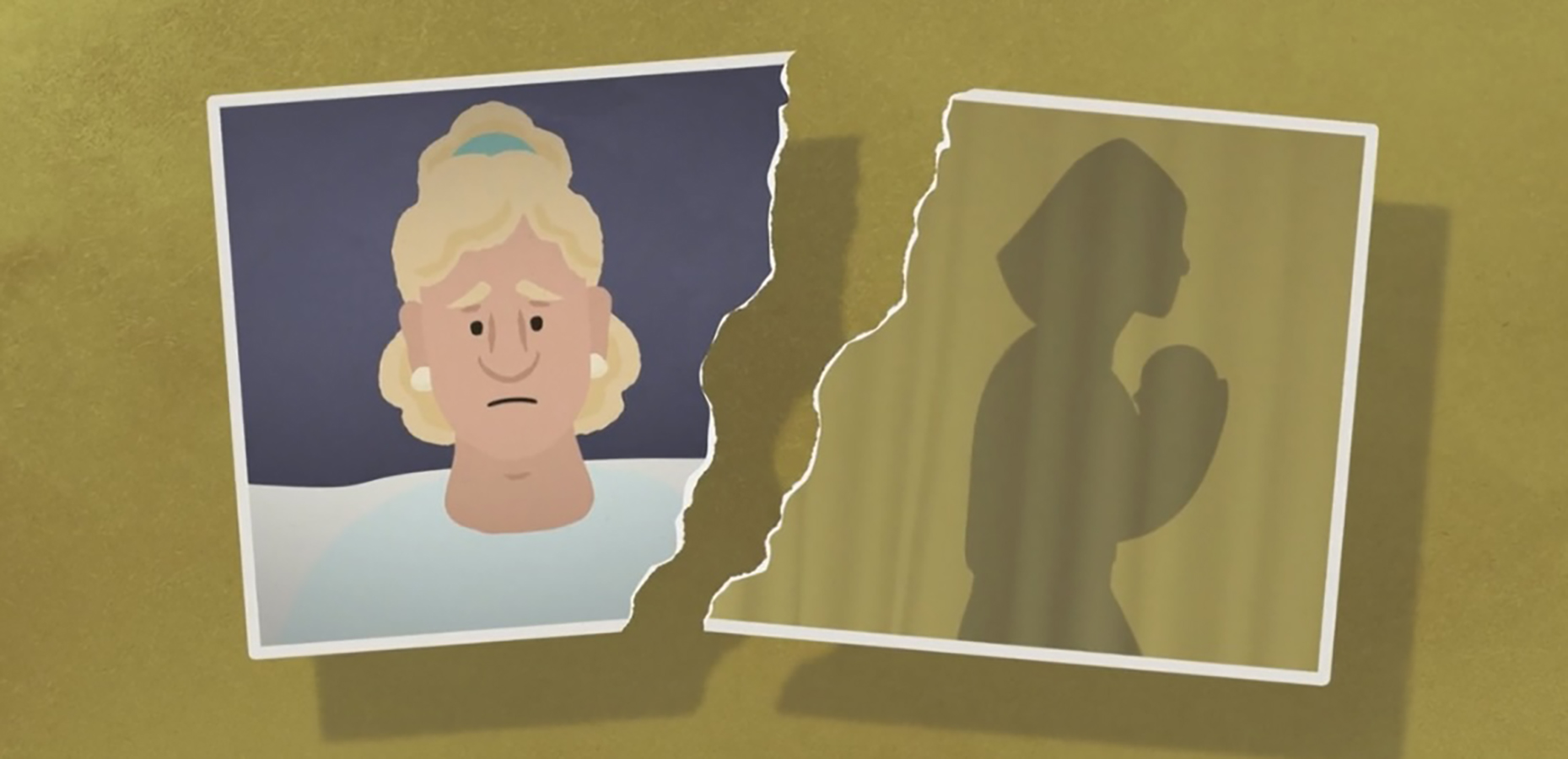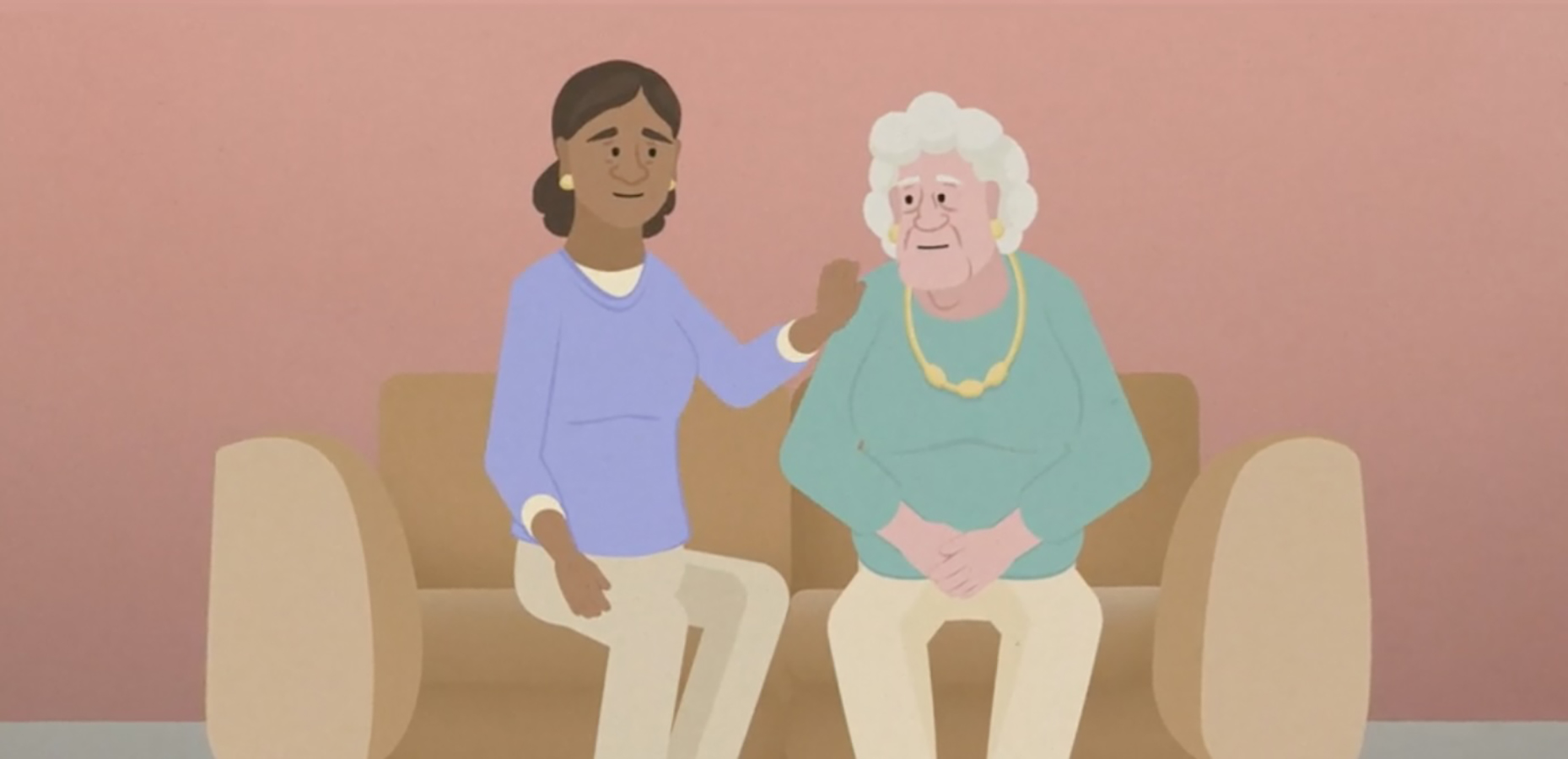Portable applied a rigorous, trauma-informed design methodology to develop the training, ensuring the process was ethical, co-designed, and grounded in lived experience.
The project began with an in-depth discovery phase, including extensive stakeholder mapping and a literature review to understand the impacts of forced adoption and current practice gaps across the health and allied health sectors. Central to the process was a survivor-led co-design approach. We facilitated workshops and one-on-one interviews with people affected by forced adoption, care professionals, policy experts, and subject matter specialists. These sessions shaped the tone, content structure, and learning pathways, embedding safety and empathy throughout.
The team engaged cultural safety consultants to guide how lived experience could be respectfully shared while minimising retraumatisation. Prototypes were iteratively tested with stakeholders to validate content clarity, emotional impact, and usability. The visual and interaction design prioritised simplicity, warmth, and accessibility, incorporating visual motifs and language that avoided clinical detachment while supporting user engagement.
The final training module was implemented as an online, self-paced learning platform, compatible across desktop and mobile devices. It includes multimedia storytelling, interactive learning checks, and practical guidance for applying trauma-informed principles. A structured delivery plan, including facilitator support resources and a learner workbook, enhances sector-wide adoption.
Through this process, the project not only met but exceeded the brief. It moved beyond awareness-raising to deliver a tangible, scalable solution that shifts professional behaviour and improves survivor outcomes. The result is a sector-ready training tool that honours the voices of people affected by forced adoption while raising the standard of care across Australia.

